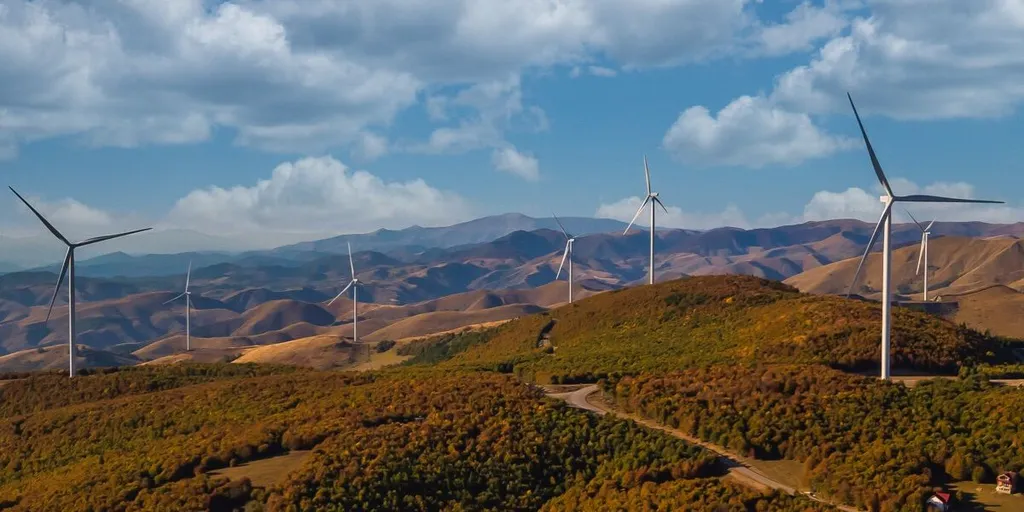In the heart of the Balkans, a significant shift is underway in Kosovo’s power landscape, one that could ripple across the broader energy sector. Researchers, led by Gazmend Pula from the Department of Power System at the University of Prishtina, have delved into the operational impacts of integrating wind power into the Kosovo Power System (KPS), with a particular focus on the Selac Wind Power Plant. Their findings, published in the journal “IEEE Access” (which translates to “Access to IEEE”), offer valuable insights into enhancing power supply quality and operational functionality, with potential commercial implications for the energy industry.
The Selac Wind Power Plant, nestled in the Mitrovica region, is no small player. With twenty-seven wind turbines, each boasting a power rating of 3.8 MW, it packs a total installed capacity of 102.6 MW. That’s roughly one-tenth of the overall power-generating capacity of KPS. Pula and his team set out to understand how this wind power giant influences the voltage profile, fault levels, and fault-ride-through capability of the KPS.
Using the DigSilent Power Factory software package, the researchers ran numerous simulations under various load conditions, both with and without the Selac WPP. “We wanted to see how the integration of wind power affects the system’s behavior during normal operations and under fault conditions,” Pula explained. The team used accurate, factory-provided data for wind generators, cables, transformers, and lines to ensure their models were as close to reality as possible.
So, what did they find? The study revealed that the integration of the Selac WPP has a notable impact on the voltage profile of the KPS. It also affects the fault levels and the fault-ride-through capability of the wind park generators. These findings are crucial for power system operators and planners, as they grapple with the challenges and opportunities presented by renewable energy integration.
The commercial implications are significant. As Pula put it, “Understanding these impacts can help utilities and independent power producers make informed decisions about where and how to integrate wind power, optimizing their investments and enhancing the overall quality of supply.” This research could shape future developments in the field, guiding the energy sector towards more effective and efficient integration of renewable energy sources.
Moreover, the study underscores the importance of robust modeling and simulation in power system planning. As the energy sector continues to evolve, with renewables playing an increasingly significant role, such tools and techniques will be invaluable. They will enable stakeholders to anticipate and address the challenges of integration, ensuring a stable, reliable, and high-quality power supply.
In the broader context, this research is a testament to the power of academic-industry collaboration. By leveraging the expertise of universities and the resources of industry, we can accelerate the transition to a cleaner, more sustainable energy future. And in doing so, we can unlock new commercial opportunities and drive economic growth.
As the energy sector continues to evolve, studies like this one will be instrumental in shaping its trajectory. They will guide stakeholders in making informed decisions, optimizing investments, and enhancing the overall quality of supply. In the end, it’s not just about integrating renewables; it’s about doing so in a way that benefits us all.

